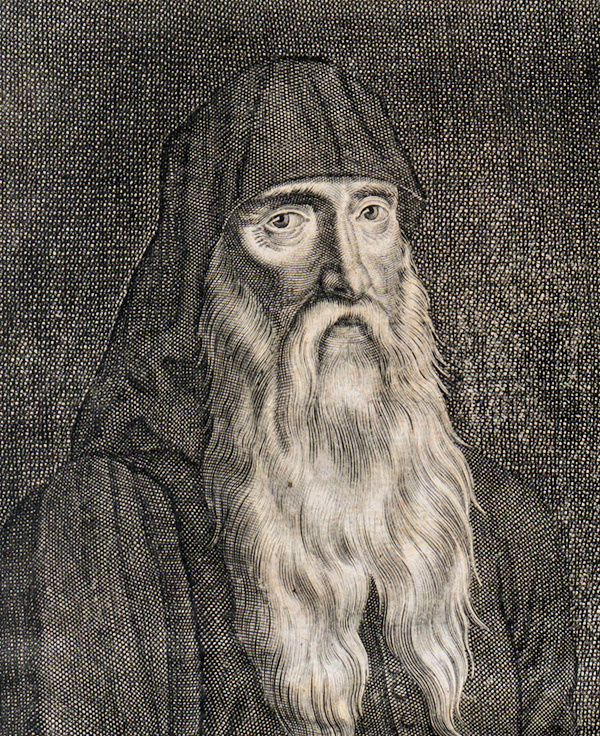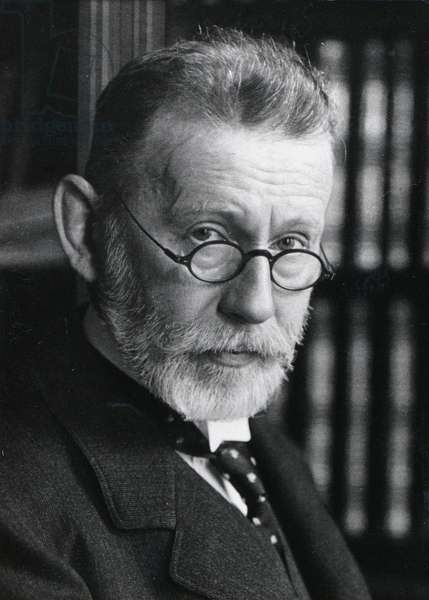History and social significance
It was Hippocrates (460–377 B.C.) who described urticaria as a distinct disease entity and called it “knidosis” after the Greek word “knido” for nettles. However, probably the earliest description of the disorder can be found in the book Huang Di Nei Jing (“The Yellow Emperor’s Classic of Medicine”), written between 1000 and 200 B.C. In the “Basic questions” chapter, the term “Feng Yin Zheng” is used to describe urticaria, which means “wind-type concealed rash”, meaning wheals that keep appearing. This is still the Chinese word for urticaria.


How did the name urticaria come about?
The naming of the disorder has changed several times over the centuries, but has always been based on its presentation. In the first century, Plinius paid special attention to the sensation of burning (Latin: urere) and called it “uredo”. Zedler (1740) highlighted the similarity of the skin lesion to the lesions that appear after contact with stinging nettles and it was then called “urticatio”. After different names such as “randados” (Spanish: nettles), Morbus porcellaneus (porcelain disease) (white discolouration) or Scarlatina urticaria had become part of history, the term “urticaria” was introduced in 1769 by William Cullen and adopted in 1792 by Johann Peter Frank.
Early attempts to explain the origin
In the course of history, not only the names but also the attempts to explain the occurrence of urticaria have changed. According to the book Huang Di Nei Jing, wheals were caused by wind, whether it be external or internal in nature, such as weak blood or heat in the blood. In the Middle Ages, wind was replaced as the evildoer by the devil. At any rate, symptomatic dermographism (formerly known as urticaria factitia), a form of inducible urticaria, was seen as the work of the devil and accordingly punished by decapitation or burning. Since then, a variety of factors have been associated with the occurrence of urticaria, from the hormones to the star signs of those affected. The disorder as we understand it today is based on the discovery of the mast cell by Paul Ehrlich in 1879, the messenger substance histamine by Adolf Windaus in 1907 and immunoglobulin E (IgE), the antibody produced by the body’s immune system, by the working groups led by Ishizaka and Johansson in 1965–1967.
Social relevance
Urticaria is an extremely common disease. It is estimated that one in four people suffers from urticaria at some point in their lives. In most cases, it is the acute form, i.e. urticaria that lasts less than six weeks. However, 1–2 % of the population suffer from a chronic form of urticaria. Almost all tests show that more women than men are affected. But this is not necessarily because more women develop urticaria, it’s that the disease lasts much longer in women. However, it may also reflect the fact that women have a higher tendency or willingness to get medical treatment for their symptoms. It is also interesting that men are more often affected by inducible forms of urticaria, such as pressure urticaria. Perhaps because the associated symptoms are mainly triggered by heavy physical exertion and are perceived as troublesome.
At what age is urticaria most common?
Urticaria can occur at any age, even in babies and in advanced age. 30 to 50 year olds are most commonly affected by chronic spontaneous urticaria. The same applies to most forms of chronic inducible urticaria. Cholinergic urticaria, where, for example, physical exertion causes the appearance of wheals, is an exception. It occurs most commonly in adolescents and young adults.
